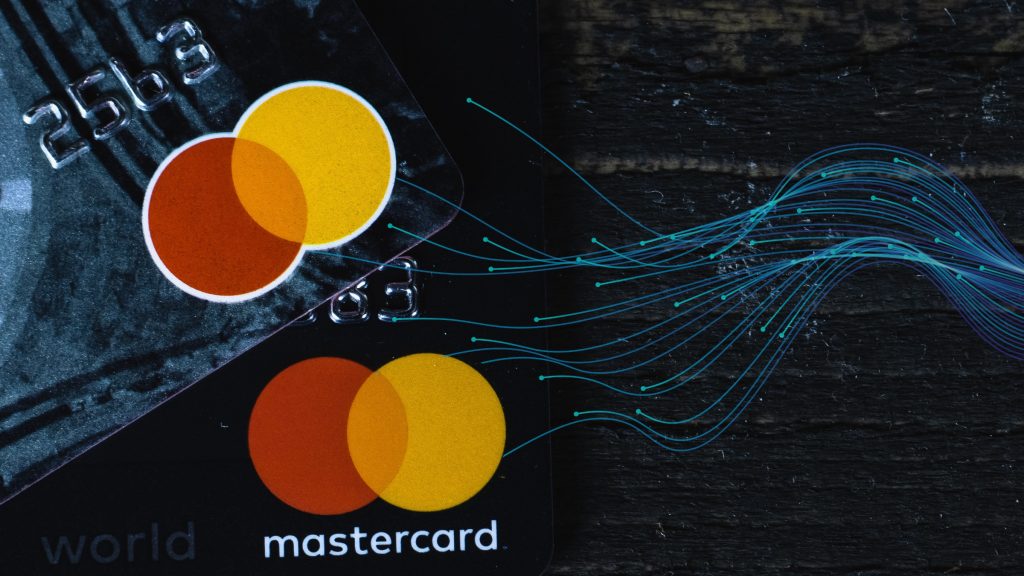
Generative AI is now working in payment fraud detection at Mastercard, proving that, when done right, everyone wins.
- Mastercard’s AI can swiftly process transaction data across billions of cards and millions of sellers.
- It can identify fraud patterns quickly, significantly improving detection rates and reducing false positives.
- It can also trace back the activity of compromised cards to identify at-risk merchants.
In Mastercard news, the company is using generative AI for fraud detection, demonstrating how to implement the technology to properly serve the people.
Card fraud has been an issue since bank-issued cards first came out in the late 1950s. The problem has only been exacerbated, with 52 million Americans falling victim to credit card fraud in the last year, according to Security.org’s ‘2024 Credit Card Fraud Report and Statistics.’ Last year alone, unauthorized purchases exceeded $5 billion, and detecting fraud is not an easy feat.
Because Your Security Matters
Mastercard and other networks have a system wherein the liability for fraudulent charges falls on the issuing bank or the vendor. Despite all that, Mastercard heavily invests in cybersecurity, including payment fraud detection and prevention systems. And this case is no different.
A Not-so-Fun Fact
Only 7% were through lost or stolen cards, and “the rest accessed personal data and account information remotely.”
Fraudsters collect the data through spyware, malware, and other worrying tactics that could make you paranoid. They then put this clandestinely obtained data ‘for sale’ on illegal websites, with it only partially shown. To hinder their plans, Mastercard fraud detection software must try to predict the full card details, and then report to the corresponding banks.
AI Payment Fraud Detection
If there’s one thing AI has on humans, it’s probably the data processing speed, and that’s exactly what Mastercard is banking on. Its newly announced AI payment fraud detection can scan transaction data across billions of cards and millions of sellers faster than ever before.
It Doubled the Detection Rate
The AI payment fraud detection also reduced false positives (when the card is wrongly flagged as compromised) by up to 200%. It will see patterns in stolen cards faster and alert the banks, giving them a chance to replace them before criminals purchase the details. Johan Gerber, executive vice president of security and cyber innovation at Mastercard, described how they were now faster at putting the jigsaw puzzle together.
The payment card service is also using the AI’s capabilities to determine at-risk or compromised merchants by 300%. In an interview, Gerber explained that the payment fraud detection AI will allow the company to figure out where you most likely got your credentials compromised, identify how it possibly happened, and remedy the situation quickly. Fixing the issue benefits not only you but also “the other customers who don’t know they are compromised yet.”
Money is one of the biggest stressors in the world, and having it stolen can send someone into a spiral of self-destruction, believing that all their hard work is gone. Out of all the ways AI has been implemented so far, payment fraud detection with AI has been done right the most. It’s not taking anyone’s job, which is always a controversial point when talking about AI.
Contrary to common belief, it’s actually enhancing an already existing fraud detection system that has yet to compromise the data. And that’s a point of concern for most people when it comes to AI and data. And finally, it’s a proactive fraud detection solution that will save consumers the heartache of jumping through hoops to fix what someone else has broken.
Inside Telecom provides you with an extensive list of content covering all aspects of the tech industry. Keep an eye on our Intelligent Tech sections to stay informed and up-to-date with our daily articles.